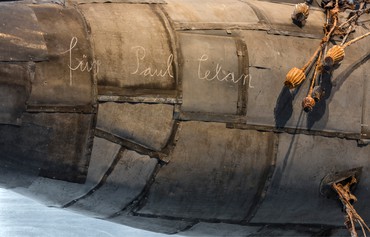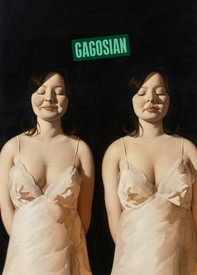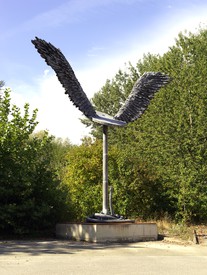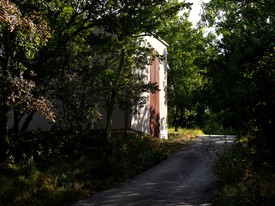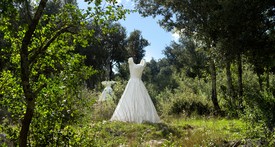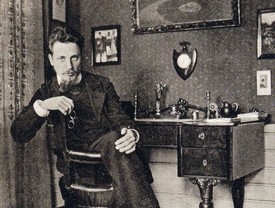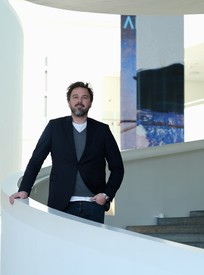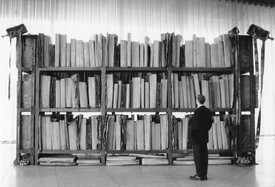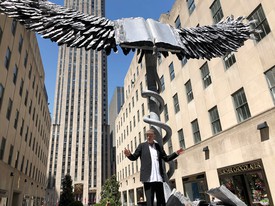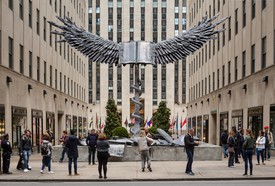Copenhagen’s Papirøen, or Paper Island, is one of the many docks that dot the banks of the city’s Inner Harbor. The papirhallen, or warehouses, there were formerly used to store the paper stock of the Danish press. Now, their sprawling interiors have been repurposed as exhibition and event spaces, one of which is that of Copenhagen Contemporary.
On April 1, Copenhagen Contemporary opened Anselm Kiefer’s For Louis-Ferdinand Céline: Voyage au bout de la nuit. Forever in conversation with the legacy of the past, and sensitive to its impact on the present, Kiefer has created a “journey to the end of the night,” which he suggests might conclude in a more hopeful place.
The four life-size airplane sculptures, each based upon a retired model from a bygone conflict (the F-84F Thunderstreaks date from the Korean War, and the B-26 and B-17 from World War II), are positioned, as though parked, within the cavernous halls of Copenhagen Contemporary. On entering the museum one feels as though one has stepped into a private hangar, filled with the fossils of war. Yet Kiefer presents these planes as softer, more fragile, and almost impotent: their fuselages are riddled with sunflowers and poppies, their wings weighed down by books. The only malice these planes still hold is in their materiality: they are formed almost entirely from lead. Lead has always played a key role in Kiefer’s work, not only for its malleability but also for its point of prominence in alchemical tradition. The planes are shown in a point of transition, their carcasses slowly being overwhelmed by literature and nature in a process that is in a sense analagous to that of alchemy, the goal of which is the creation of something valuable out of base materials.
Four paintings, architectural in scale, place viewers in a desert mise-en-scène, drawing imagery from Kiefer’s own travels in the Gobi desert, and Ingeborg Bachmann’s The Book of Franza. Kiefer’s deserts are writ large: they overwhelm and isolate. Like the desert Bachmann’s Franza sees for the first time—“A pure expanse before your eyes into which you escape, chased every day into the desert and going into the desert again in order to drink in yet more desert with your eyes.”1 —Kiefer’s deserts are pure expanses at such a scale that one cannot consider them as a single object, but only as part of a place. At a distance one is awed by their scale—the largest of the canvases is over six meters (almost twenty feet) in height and eleven meters (thirty-six feet) in length. Seen up close, their heavily worked surfaces unfold in thick layers of acrylic, oil, and tiny studs of shellacked sunflower seeds.
This exhibition is part of the journey to the end of the night, not the end in and of itself. The planes have not been completely overwhelmed, wind still seems to wear at the deserts, and the scales are still out of balance. But, to borrow the words of Kiefer himself, “You have to create hope, otherwise you cannot live.” With this show, he confirms that journey is well under way.
1Ingeborg Bachmann, trans. Peter Filkins, The Book of Franza and Requiem for Fanny Goldmann (Evanston, IL: Northwestern University Press, 1999), p. 111.
Artwork © Anselm Kiefer. Anselm Kiefer: For Louis-Ferdinand Céline: Voyage au bout de la nuit at Copenhagen Contemporary, Copenhagen, Denmark, April 1–August 6, 2017.

